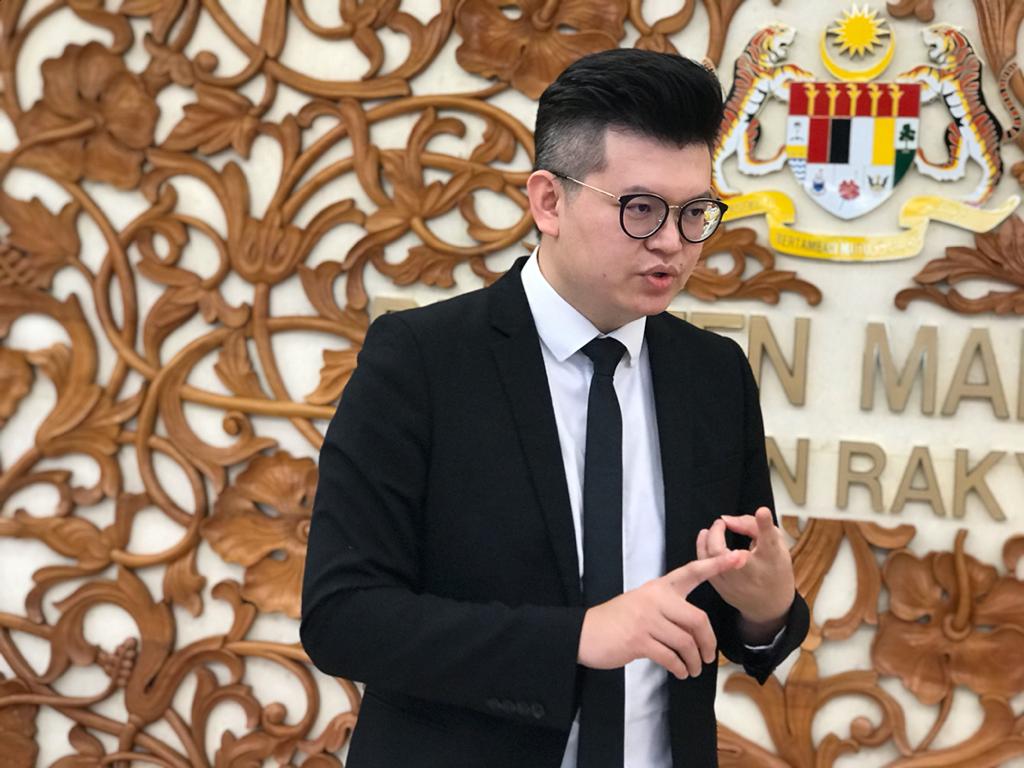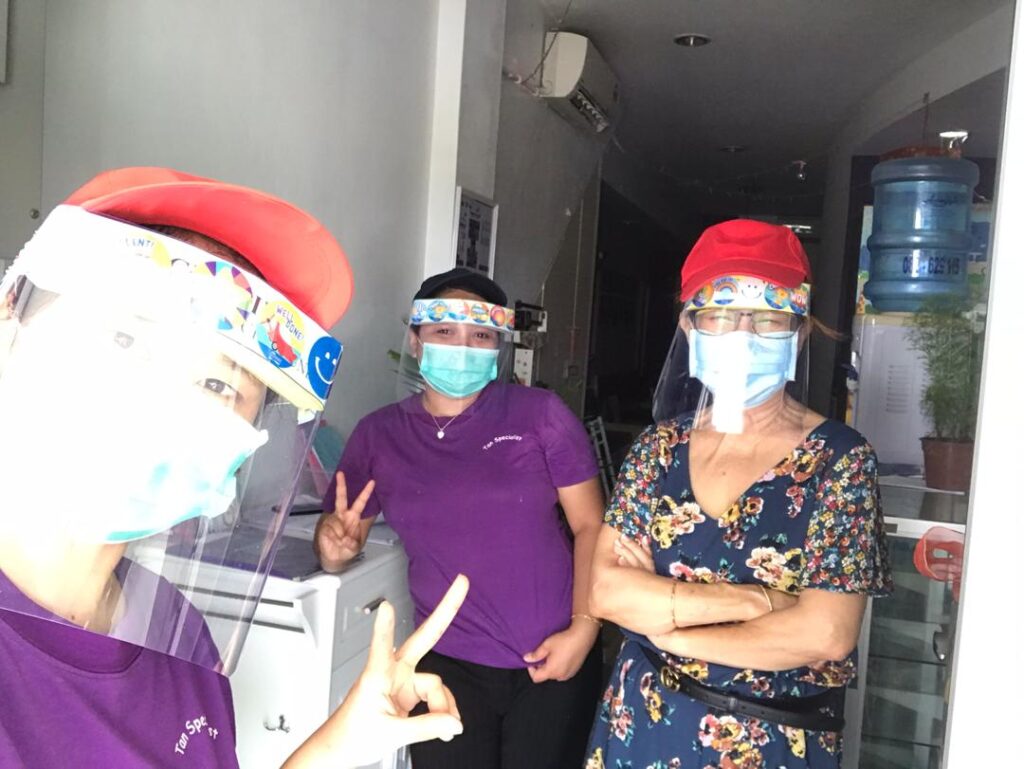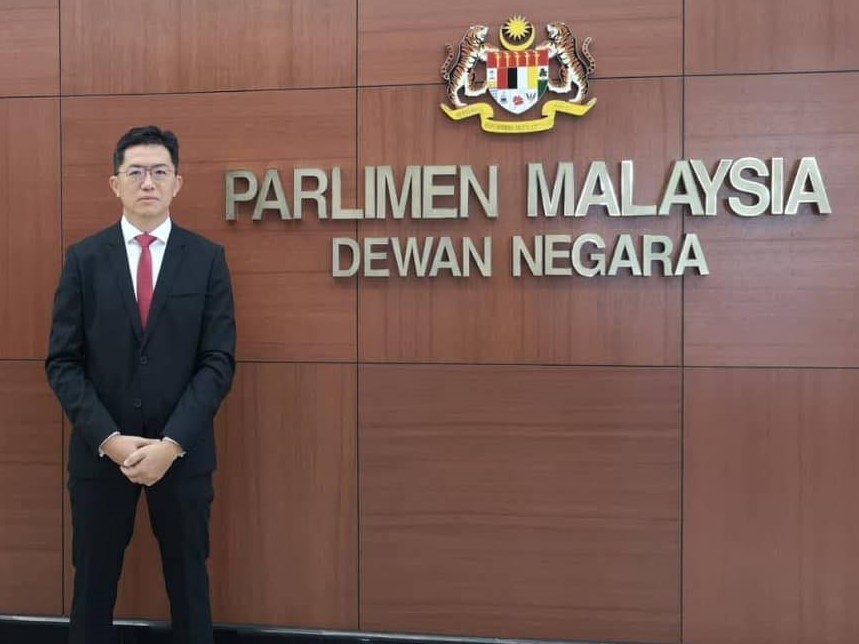KUALA LUMPUR, Sept 16 — East Malaysian lawmakers and medical practitioners have called for equitable health care provision in Sarawak and Sabah that still lag behind the peninsula, more than half a century after Malaysia was formed.
They say Sarawak and Sabah — which are collectively bigger in size than the peninsula — suffer a smaller distribution of doctors and specialists than peninsular Malaysia, a lack of medical centres and amenities that raises the cost in accessing health care, and poor supporting infrastructure that affect one’s overall health and quality of life, like roads, clean water, and electricity.
CodeBlue interviewed several lawmakers and public health experts from Sarawak and Sabah on their Malaysia Day wish list for health care reforms in the two regions that, together with Malaya, formed the federation of Malaysia on September 16, 1963.
Prioritise Sarawakians For Permanent Posts In Sarawak

Bandar Kuching MP Dr Kelvin Yii called on the federal government to provide Sarawak health professionals permanent posts in the state, including rural parts.
“I wish to see more local Sarawakian doctors to be given a chance or even permanent posting to serve in rural areas of Sarawak in order to provide good quality health care to the rural people,” the DAP lawmaker told CodeBlue.
Health Minister Dr Adham Baba told the Dewan Negara recently that Sarawak had one doctor for every 682 people last year, which means that the distribution of medical practitioners in the rural state is 1.5 times smaller than Malaysia’s nationwide 1:454 ratio.
Statistics show that 45.6 per cent, or 98 out of 215 rural clinics, do not have a doctor, and are only run by medical assistants and nurses. Many of these clinics also only provide basic medication such as paracetamol, and rely heavily on irregular mobile medical services provided through air and water to the interiors.
“We wish priority to be given to Sarawak medical officers for permanent posting because these people will be able to serve in the rural health clinics and they will be here in Sarawak. We need them,” said former immediate Sarawak Malaysian Medical Association (MMA) chairman Dr Morni Abu Samat.

Dr Tan Poh Tin, a paediatrician and public health specialist in Sarawak, stated that medical graduates from Sarawak should not be posted to other states unless they ask for it.
“While we welcome and are thankful for the many West Malaysian doctors who are posted here and who eventually choose to call this home, I think that the Sarawak-born graduates are more likely to stay back to serve, be trained for postgraduate studies and remain in Sarawak,” Dr Tan told CodeBlue.
“Young doctors who are posted to districts in Sarawak and Sabah should be given bonus points for postgraduate training, and not the other way around, where the few who manage to stay back in university hospitals seem to get preferential spots for preferred postgraduate posts.”
Dr Tan Poh Tin, paediatrician and public health specialist
Nevertheless, the Ministry of Health (MOH) announced that it does not list work in the interiors as a criterion for government doctors, dentists, and pharmacists to be considered for permanent posts in the public sector.
At the same time, Senator Robert Lau Hui Yew also stated that 102 permanent medical officers (MO) posts were available in Sarawak hospitals. However, less than 10 per cent of these posts were offered to Sarawak MOs.
“Thirty MOs from Peninsular Malaysia who were offered, refused to take up the offer. These 30 permanent posts were not offered to Sarawak MOs; instead they were subsequently offered to those from peninsular Malaysia, leaving the local doctors out in the cold,” Lau told CodeBlue.
“The doctor to population ratio for Sarawak is 1:892 compared to the 1:150 ratio in Klang Valley. There is a big discrepancy within Sarawak herself. Kuching Division has a ratio of 1:604, whereas Kapit is 1:1721 and Mukah is 1:2,038,” added the SUPP lawmaker.
It is to be noted that less than half of government doctors and dentists, including specialists, working in permanent positions in Sarawak are Sarawakians, according to Dr Adham.
Scarcity Of Specialists In East Malaysia

Sarawakian rural health activist Agnes Padan highlighted the need for specialists in the state’s district hospitals situated in rural areas.
“We don’t have any maternal specialist doctors based in Lawas district hospital. The specialist doctor will only visit once a month. They have to travel from Miri or Kota Kinabalu or elsewhere,” Agnes told CodeBlue.
“We have many pregnant mothers whom we have to send to Miri, Limbang or even Kota Kinabalu hospitals.”
Agnes, who is also Sarawak PKR women’s chief, highlighted the additional costs of transportation to health care facilities that burden the rural people of Sarawak, even though treatment in government medical centres is practically free.
“From Lawas to Miri, we have to travel about five hours by land. For this, we have to cross the Brunei border, which requires the person to have a passport. If the mother doesn’t have a passport, how can she travel? Of course she can take a flight. But that is going to cost them more. RM113 for one way for one person. Let’s say the husband follows. Who is going to cover the cost of the patient?”
Agnes Padan, rural health activist and Sarawak PKR women’s chief
Agnes, whose mother Kam Agong died in 2002 following maternal complications at Lawas Hospital, said cases of patients at the public hospital being rerouted elsewhere were the norm. This, she said, is unfortunate as not many in Sarawak can afford to travel to other hospitals.
Sandakan MP Vivian Wong Shir Yee told CodeBlue that Sabah hospitals need more specialists. CodeBlue earlier reported that west coast peninsular Malaysia had two to 18 times more specialists compared to Sarawak, and between three and 33 times more than Sabah, across the anaesthesiology, surgery, orthopaedic surgery, medicine, paediatrics, and obstetrics and gynaecology departments, based on 2010 data from the Clinical Research Centre.
“We are in need of more specialists in Sabah government hospitals, not just Sandakan. As far as I know, there is only a paediatric cardiologist in Sabah that travels everywhere to perform surgery for infants and children with heart problems,” Wong stated.
The DAP lawmaker requested the government to review ways to increase medical specialists in every area and to retain specialists in local government hospitals.

Dr Morni called for specialists in the large areas of Sarawak of Betong, Sarikei, Bintulu, Miri, Marudi, and Saratok.
“For example, Kapit, they travel by river. From Kapit to Sibu, it will take you about three hours by an express boat. During the day, we have MEDEVAC and helicopters, but night time will be a problem.”
MOH provides Flying Doctor Service (FDS) and Medical Evacuation (MEDEVAC) for Sabah, Sarawak, and the Orang Asli residing in rural areas in Perak and Kelantan, as some areas in those states have limited access to health facilities amid difficult geographical terrain.
However, former Sarawak state health director Dr Andrew Kiyu told a conference last December that the FDS only goes to villages monthly at most, or once every quarter at least. Even if the FDS visits villages every month, the health team only spends three hours at a particular place.

“For public health, the most critical specialist posts that need to be filled are family medicine specialists (FMS), whereby there is not even one FMS in Betong and Mukah. This situation arises as a result that most FMS are from West Malaysia, and there are less local FMS,” said Senator Lau.
“The critical areas of specialisation for the medical division are dermatology, urology, cardiothoracic, neurosurgeon, plastic surgeon, and forensic.”
According to Lau, Sarawak has only 7.1 per cent of all the doctors in the country — 8.4 per cent of doctors in the public sector and only 3.4 per cent of doctors in the private sector. Sarawak only has 6.5 per cent of all specialists nationwide.
More Hospitals, Better Health Care Amenities

Dr Morni expressed his wish for a tertiary hospital, public health laboratories, and a cancer centre in the state of Sarawak, while noting that the renovation of Sarawak General Hospital in Kuching, and the construction of new public hospitals in Petrajaya, Sri Aman, and Lawas should be completed soon.
“University of Malaysia Sarawak should have their own hospital. Sarawak needs a tertiary hospital in the state. We would like to have a cancer centre in Sibu and Miri, and tertiary health management in these two centres in Sibu and Miri,” said Dr Morni.
Health experts and lawmakers undeniably agreed on the dire need for more health facilities in East Malaysia.
“Hospital Duchess of Kent is not only the only government hospital in Sandakan district, but the only hospital as there are no private hospitals in Sandakan. Sandakan has a half a million population, but do you know that our hospital serves up to different districts in Sandakan, such as Beluran, Telupid, Tongod, which is two to three hours away from Sandakan?” Wong mentioned.
The Sabahan lawmaker also said facilities in hospitals, such as beds, medical laboratories, and parking amenities, must be improved amid a rise in population size.
“During congested season, patients have to sleep on beds placed at the corridor due to limited space. Hospital beds are also insufficient, hence sometimes patients couldn’t be discharged from emergency to normal wads because all of the wards are full.”
Vivian Wong Shir Yee, Member of Parliament for Sandakan
“Limited car parking has been one of the major issues requested by citizens. Sometimes, for families to look for a car park in the hospital is like waiting for a miracle to happen. However, Grab service indeed has helped to reduce a few per cent of the congestion, but the problem still exists. Old hospitals like the Hospital Duchess of Kent have difficulties in expanding due to its space limitations,” said Wong.
Dr Tan compared the land area of Peninsular Malaysia with the states in East Malaysia and the health facilities available there. According to the Malaysian Aviation Commision, the area of Sarawak and Sabah are 124,450 square km and 73,620 square km respectively, whereas the size of Peninsular Malaysia is 130,590 square km.
She cited a source from Wikipedia and stated that as of December 31, 2016, there are 135 public hospitals and nine special medical institutions in Malaysia, including 23 in Sarawak and 20 in Sabah. There are 11 private medical facilities in Sarawak and six in Sabah.
“There are 92 public hospitals in peninsular Malaysia compared to 43 in Sabah and Sarawak. Selangor has 45 private hospitals and Kuala Lumpur has 38. A total of 83 private hospitals in Selangor and Kuala Lumpur alone.”
Furthermore, Senator Lau pointed out the disproportionately higher medical investment and facilities in the states of Malaya, as compared to Sarawak and Sabah.
“We cannot be treated as one of 13 states when it comes to the allocation of development funds and human resources.”
Robert Lau Hui Yew, Sarawak Senator
“39 per cent of the public health clinics do not have pharmacists and all these are in the rural areas. 152 out of 216 (70.7 per cent) clinics do not have laboratory services, and 192 out of 216 community clinics do not have X-ray services.”
Holistic Health Care Ecosystem
Dr Yii said Sarawak and Sabah must have a proper ecosystem to provide quality care, good access to roads in rural areas, clean water, and electricity to store vaccines and medications in rural areas.
“It’s not just the hospitals or clinics that need to be built or upgraded, but the basic necessities should be upgraded in order to provide quality health care, and access to health care is achievable.”
Dr Kelvin Yii, Member of Parliament for Bandar Kuching
Dr Morni also stated that the quality of health care and accessibility to health care for all Sarawakians should be improved and be on par with that in the major states of West Malaysia.
“The size of the state and the wide distribution of the population should not be a reason to accord Sarawakians a lower level of health care,” he said.
“Sarawak makes a major contribution to the riches of the country and its people deserve better than what it gets now.”








